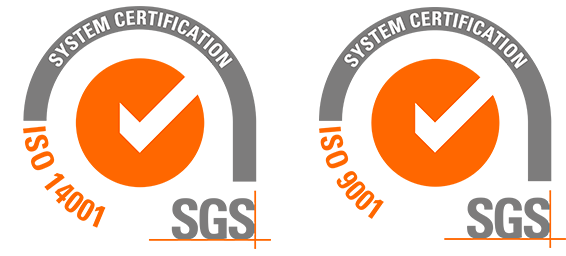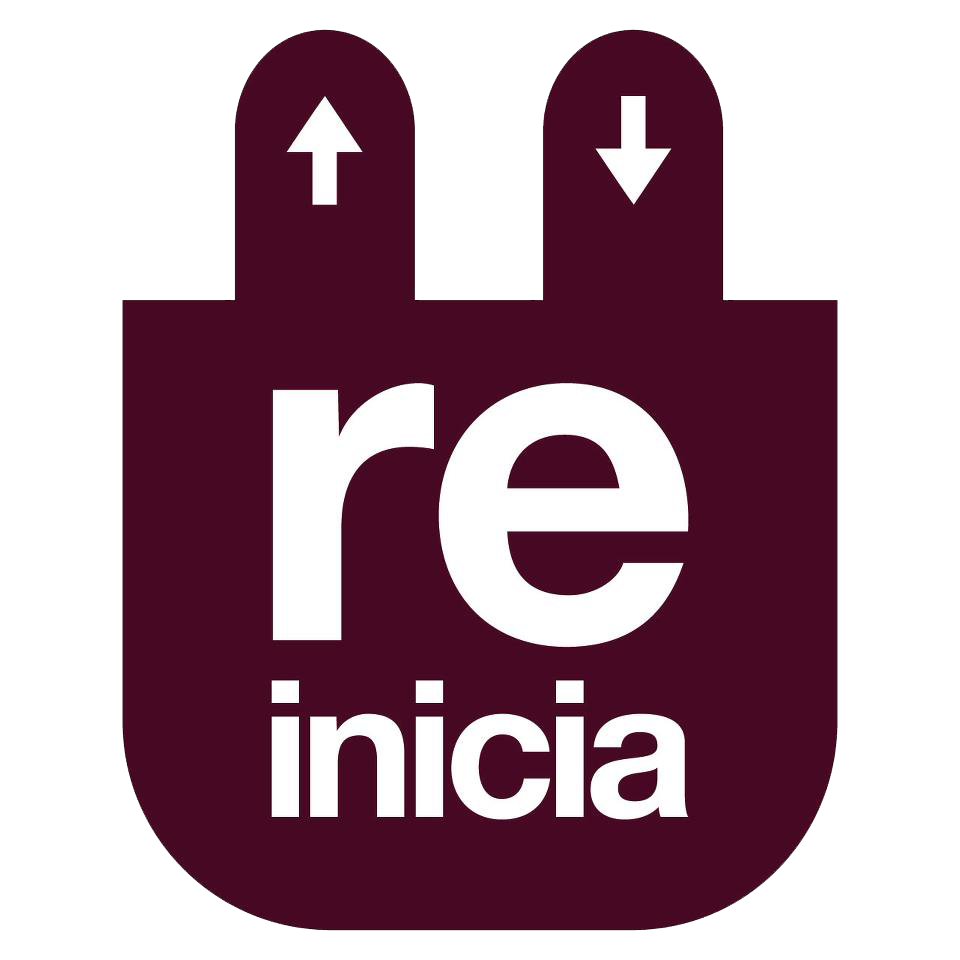Term: SHIELDING
Cable shielding and pair twisting ensures the integrity of the audio and video signal against possible EMI and RFI (Electromagnetic Interference and Radio Frequency Interference) around the cable. Cables can be shielded or unshielded, except coaxial cables where, by definition, require a single shielded conductor.
Shielding types:
Spiral Shield: Spiral shield is “wrapped” around the cable. These shields can be single or double. Are more flexible than braided shields and easier to finish. Due to its spiral structure (coils) can show inductance effects and therefore they are not suitable for working at high frequencies. Normally used for analog audio signals frequencies. With flexion, these types of shield tend to open losing effectiveness especially at high frequencies.
Braid Shield: The braid shield provides superior structural integrity while maintaining good flexibility and durability. These shields are ideal for minimizing low frequency interferences and in radio frequency have a lower DC resistance than the tape shield.
The coverage that can be obtained with a single braided shield can be 95% and with a double braided shield it can reach 98%. With a braided screen is not physically possible to reach 100% coverage.
Foil Shield: Foil shields can be made of metal or copper but the most common is the aluminium-polyester tape. Foil shields can provide 100% coverage. Because these types of shields are thin to be used as a contact point, a wire along the shield and close to it is used and it is called Drain wire. This will be the contact point. Due to the fact that the wavelength on high frequencies can travel through the holes of the braid shields, this type of shield is the most effective at high frequency.
Combination Shields: Different types of shields can be combined in one cable summing the different properties of each one.
For example: Foil + Spiral, Foil + Braid, Foil + Braid + Foil or Foil + Braid + Foil + Braid
In the following document, you will find more information about cable shielding:






